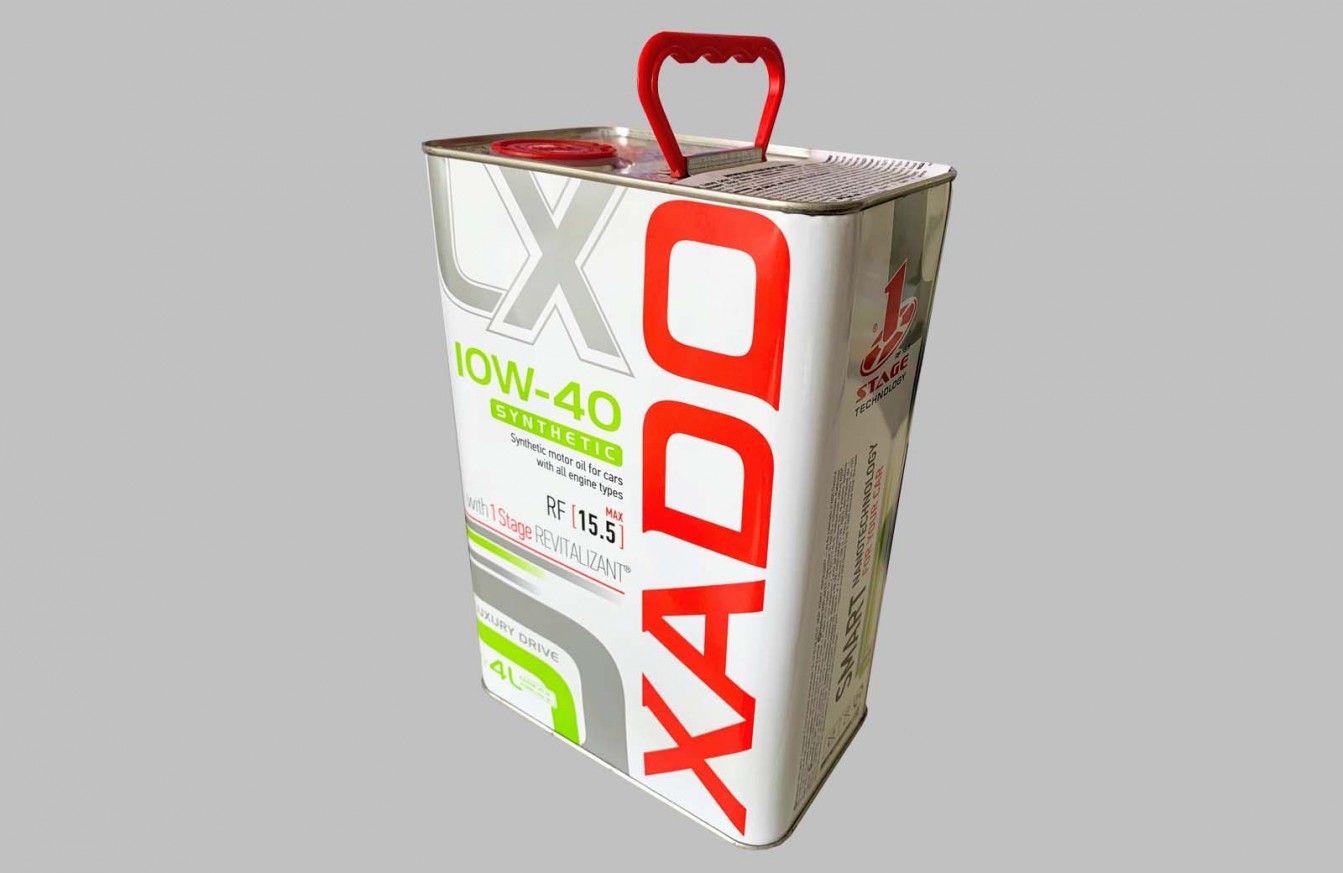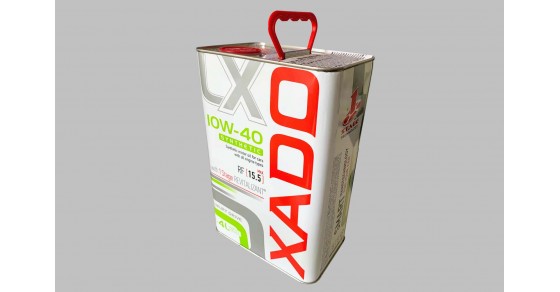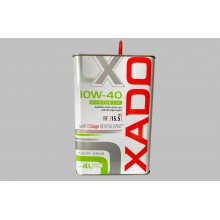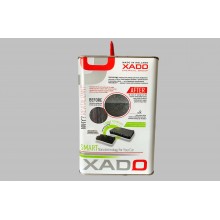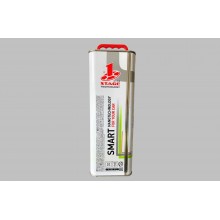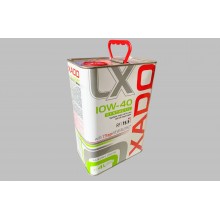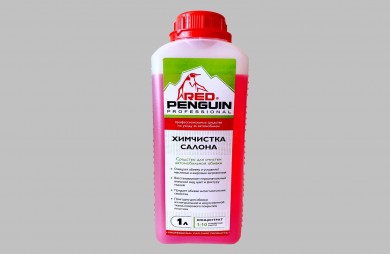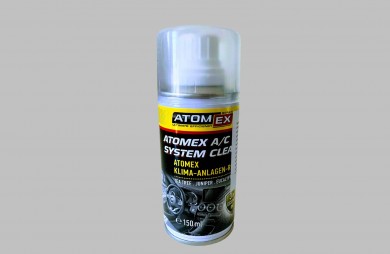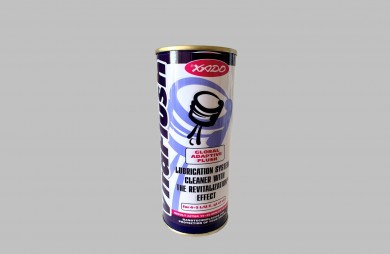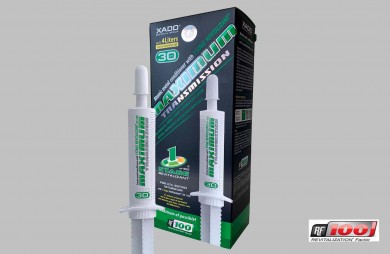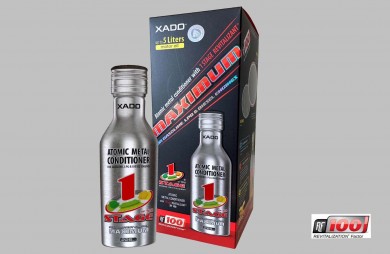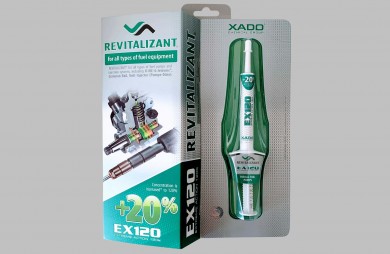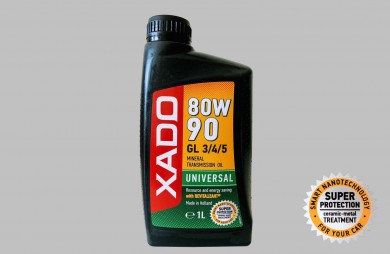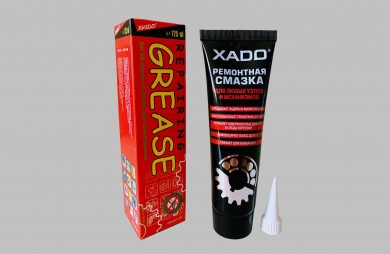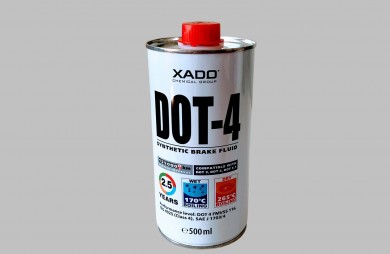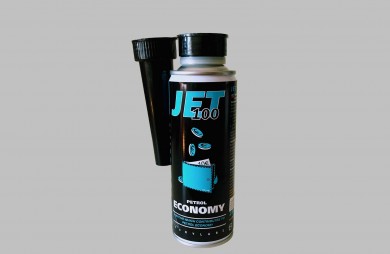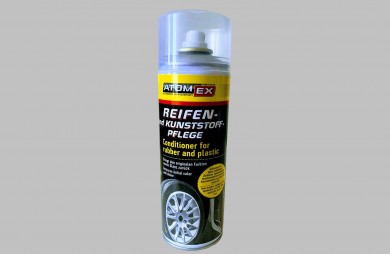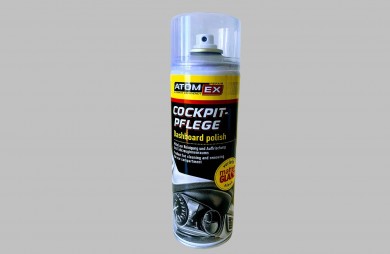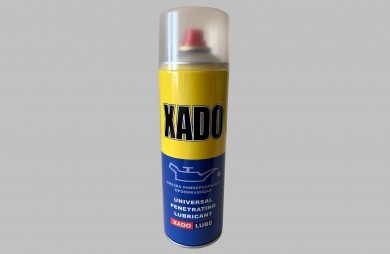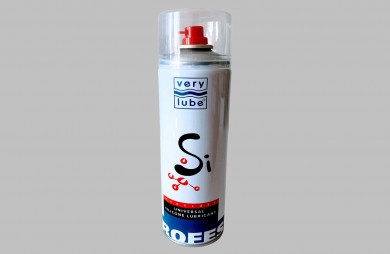
XADO Luxury Drive 10W-40 SYNTHETIC, 4L
ProductID ХА 20275-3820653544738914478
Net Weight 4.000 kg.
Pack size 26.00 x 17.00 x 11.00 cm.
Volume Weight 0.97 kg.
Availability: In Stock
€ 55,38Producer

XADO ®
XADO Luxury Drive 10W-40 SYNTHETIC, 4L
Synthetic motor oil. Contains 15.5 % REVITALIZANT®. Applied to passenger cars and light trucks.
APPLICATION: Designed for engines of passenger cars and light trucks; Oil with the most popular SAE 10W-40 viscosity; Produced on the synthetic base and provides stability of operational properties during the service intervals; Universal in application, suitable for mini-cars with gasoline (on liquefied gas) engines and sport utility vehicles with turbocharged diesel engines; Efficient for city and highway driving modes, by intensive operation in off-road conditions, by cargo transportation.
ADVANTAGES: Due to the high concentration of Nanocomponents REVITALIZANT® on oil XADO Luxury Drive any engine works more reliably for longer and better than new. Application XADO Luxury Drive on the new engine oils for optimum burnishing (no metal loss in chips) and saves it to an ideal state for the whole period of operation. On the engine with mileage oil XADO Luxury Drive due to its regenerative capacity and eliminates heals defects in surfaces.
Meets the requirements of specifications:: ACEA: A3/B4; API: SN/CF; SAE: 10W-40
Meets the requirements of the OEM: VW 502 00/505 00 ; BMW: Special Oil; Renault: RN 0700; MB: 229.3; Porsche: GL
The term “REVITALIZATION” (from Latin “vita” – life) literally translated means “returning to life”. The discovery of the revitalization phenomenon is based on unique physical and chemical processes, which, under specific conditions, can occur in the friction zone. In short, their essence consists of the following: during mechanical operation, excessive loads occur in the friction areas. At extremely heavy loads, excess destructive energy is released. But if we introduce a unique building material – a revitalizant – into the friction zone, then the energy released by the friction, will actually bind new material to the friction surface instead of destroying the material surface.
This has always been the case until the phenomenon of REVITALIZATION was discovered, when scientists found that it was possible to reversing the process of wear by restoring the worn-out surface! It turned out that conditions could be created when the affected part is able to restore its surface thickness and size to its initial dimensions. To create such favourable conditions, it is necessary to introduce a specially synthesized substance – XADO revitalizant into the friction zone. It contains the building material for the new surface and a unique energy activator, which enables the excess friction energy to be harnessed in order to create a new matrix – in fact, a brand new surface.
The key features of the part’s surface before and after revitalization are as follows: increase in micro hardness (kg/micro metre2) from 65-280 to 650-750 range, after treatment; the roughness coefficient (Ra) before revitalization was 0.9-2.1, and after treatment it is 0.06; and above all a dramatic increase in corrosion-resistance characteristics.
No an XADO will not damage your engine. XADO revitalizants are completely soluble in the oil and do not change the viscosity of the properties of the oil in any way. Remember XADO is self-regulating. As soon as the original worn surface has been repaired, the friction factor drops dramatically, and the XADO activation energy will also decrease. The process then stabilizes, and at some point, the energy will drop to a point where cermet growth will stop completely. Besides, using too much is just a waste of money.
A superhard coating is formed as a result of the revitalizant’s application. Can the engine be rebored, if necessary? - This is a common question from car owners, and we would like to set their minds at ease. The metal-ceramic coating is formed to the depth of 10–30 microns, and the boring tool can remove tenths of a 1 mm. Also, But do you really need conventional major overhaul? The unique ability to restore the original geometry of engine parts will allow you to avoid these labour-intensive and expensive repairs. For instance, the repair of the sleeve assembly can be reduced to just replacing damaged piston rings or replacing rings that have completely lost elasticity, replacing a burnt-out piston, etc. In other words, you would only need a “face-lift” repair.

It is not possible for the metal-ceramic layer to peel off in operation. A reciprocal diffusion of metal and metal carbides to the depth of 10–30 μm (micrometer) takes place. There is no distinct border between the initial surfaces and metalceramic, so there are no conditions for the metal-ceramic layer to “peel-off”.






